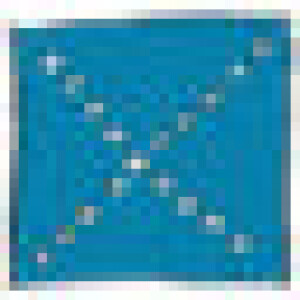
XXII: Provoke me if you can. The crisis of artistic disturances (with Núria Güell, Renzo Marten & Florian Malzacher)
 2023-02-14
2023-02-14
Download
Right click and do "save link as"
Provocations as a means of disturbance have long been part of artists’ as well as activists’ basic toolkits. But in a time when many already feel permanently snubbed, artistic provocations often seem stale and redundant. The demand for repair, care, and healing dominates artistic discourse. On the other hand, when climate activists glue themselves to highways or oil paintings, emotions run high throughout society. Meanwhile, the political far-right blatantly focuses on lowering inhibition thresholds: Continued taboo-breaking pushes the boundaries of what is say- and doable. Núria Güell’s artistic practice continuously challenges moral and legal conventions when, for example, she offers herself as a bride to random Cuban man who wants to get a Spanish passport, or when, in reverse, she tries to become stateless herself. Renzo Martens disturbed viewers with videos such as Enjoy Poverty in which he centered himself as a white man and propagated the self-gentrification of Congolese plantations. Meanwhile, however, his role as a performer as well as the relationship to the protagonists of his work has fundamentally changed. In time where confrontational practices are generally questioned, The Art of Assembly investigates how the concept of provocation has shifted in recent years.
view more
More Episodes
01235678910111213141516171819
Create your
podcast in
minutes
- Full-featured podcast site
- Unlimited storage and bandwidth
- Comprehensive podcast stats
- Distribute to Apple Podcasts, Spotify, and more
- Make money with your podcast
It is Free
- Privacy Policy
- Cookie Policy
- Terms of Use
- Consent Preferences
- Copyright © 2015-2024 Podbean.com





